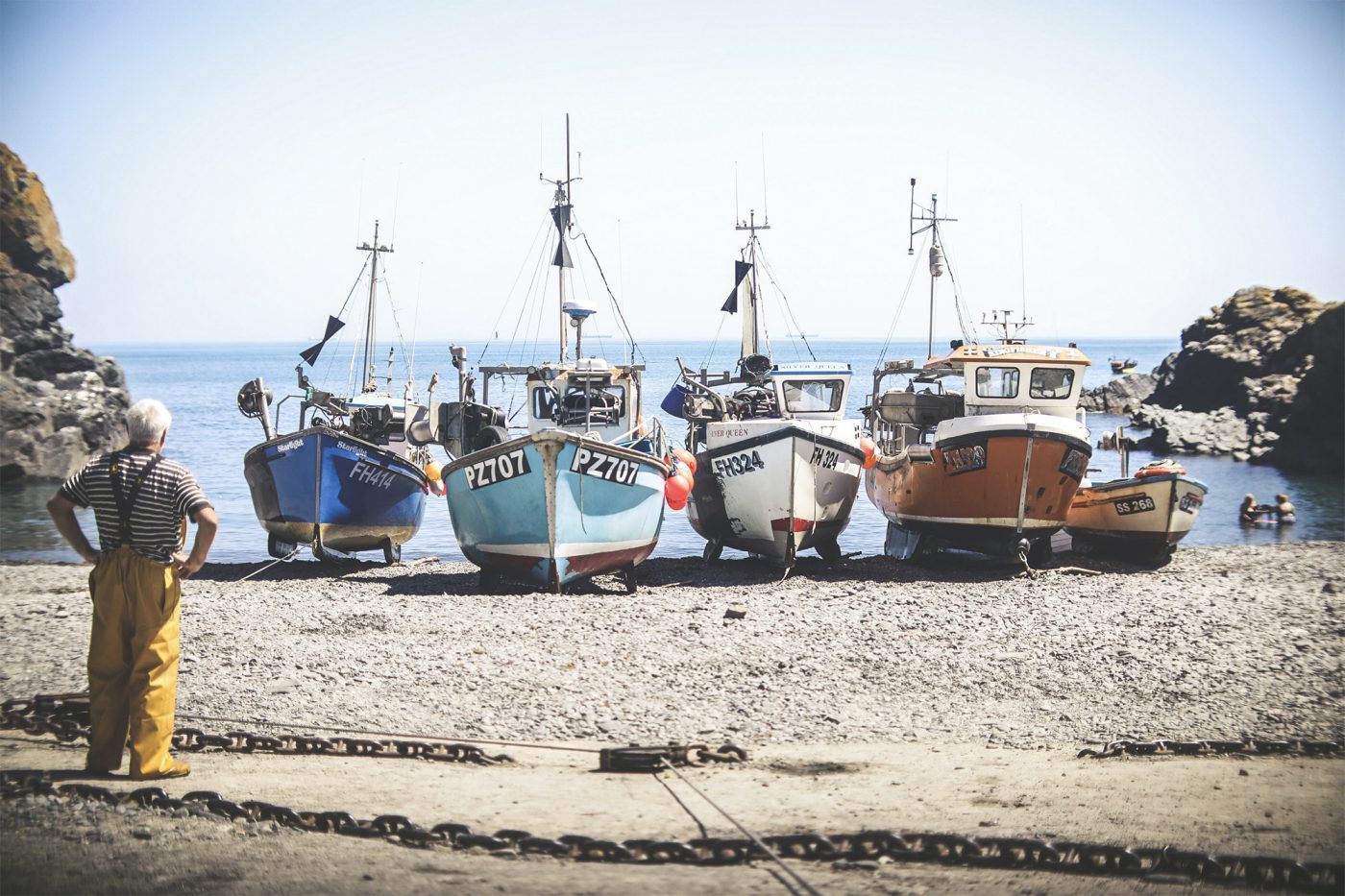27 March 2015
A workshop on efforts to reduce the seabed contact from trawl gears demonstrates the huge potential for gear impact mitigation as a way to maintain productive fisheries, whilst contributing to marine habitat conservation objectives.
Extending protection measures
for marine habitats is currently the major thrust of marine environmental
policy. The view that bottom trawling is
destroying vast swathes of marine habitat on an annual basis, likened to the
destruction of the tropical rainforests, has long been pushed by ENGO’s to instil
a sense of moral panic in order to bolster campaigns for marine protected areas
(MPAs). Whilst the deforestation analogy
is fundamentally flawed – fishermen will generally return to the same fishing
grounds from year to year – the industry has struggled to comprehensively
refute such claims as it has been unable to account for its true
footprint.
Gear
Modifications as an Alternative to MPAs
The extent to which the seabed
is actually fished is still a subject of research and debate, but whilst the conventional
response has focussed on area closures such as MPAs, little attention has been
paid to gear technology. A gear modifications
workshop held after the Boston Seafood Expo on 19th March, brought
together scientists, industry, NGO’s and policy specialists, to challenge the one-dimensional
approach to the issue, by asking what practical steps can be taken to reduce or
mitigate seabed pressures generated by trawl gears. A series of presentations of work undertaken in
this field demonstrated the huge potential for reducing the seabed contact of
various trawl gear components such as trawl doors, bridles/sweeps and foot
ropes, and hence considerably reducing the overall fishing footprint of those
fisheries.
The conclusion drawn from this
way of thinking about marine habitat conservation is not therefore that more
areas of the seabed need to be protected through spatial closures such as MPAs.
Instead, by recognising and facilitating
efforts to reduce gear seabed contact, both conservation objectives can be met,
whilst fisheries continue to be permitted, resulting in a win-win outcome. As a result, such an approach has been successfully
used as an alternative to area closures for Alaskan fisheries in the Bering Sea
and Gulf of Alaska. In contrast, in
Europe, it has yet to get a hearing in any policy debate.
Practical
Considerations
Whilst hugely promising, the
approach is not without practical challenges.
Many experimental gear trials in the past have failed as they have not
worked effectively with the users of the gears, the skippers, or there has not
been the will to work through the process of adapting experimental designs in
order to get them to work. There is
little point in adopting new gear designs if they are going to significantly impede
catching potential; greater fishing effort is then needed to catch the same
level of catch, undermining the benefits of the modification. Therefore, joint working between gear
technologists, gear manufacturers and industry, and understanding the drivers
and motivations behind the adoption of gear changes or practices is key. Regulators will also need to recognise gear impact mitigation as an acceptable management
response.
Prospects
The Boston event was an early
foray into the possibilities that might offer an appropriate route for our own
fisheries. For conservationists, such an
approach might not provide the level of emotive satisfaction associated with designating
ever greater numbers of MPAs. But it is quite
possible that gear modifications offer a route to marine habitat conservation
that will deliver far more in reality than any MPA will ever achieve. It’s time to think about it.

